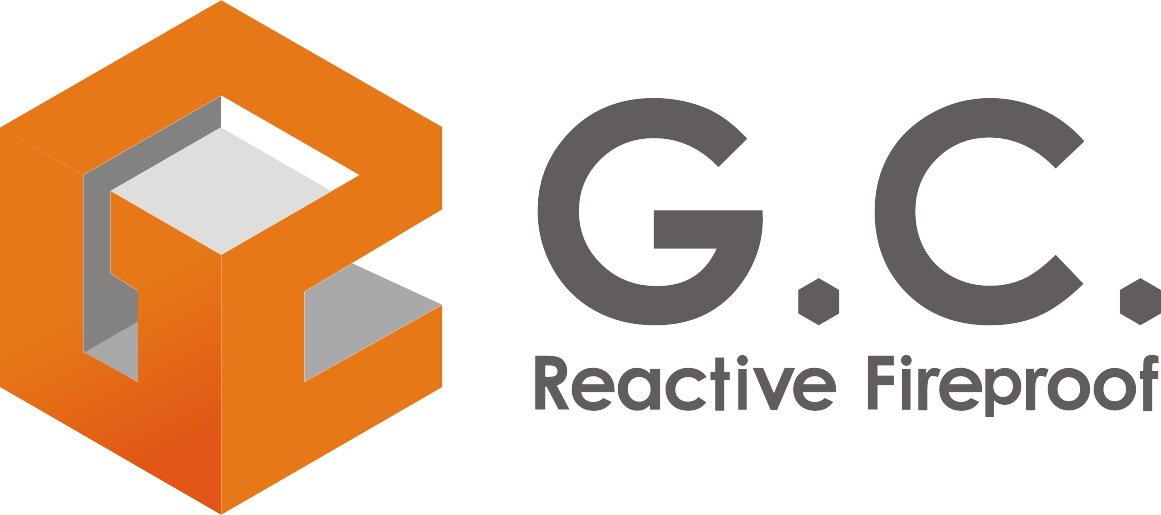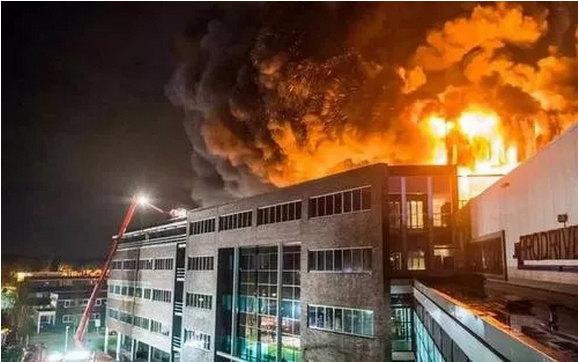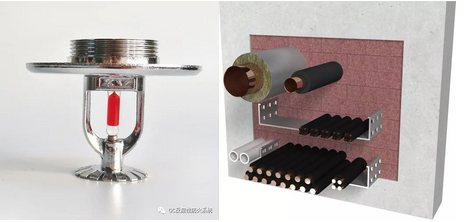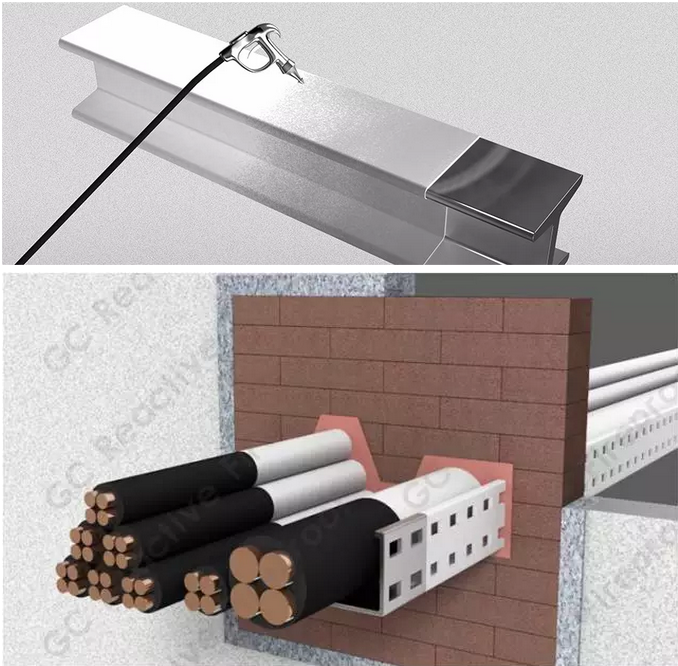


Passive Fire Protection (PFP)
Passive fire protection (PFP) is an important part of fire protection system. It is built into the structure of the building to protect people's life and property safety, effectively extend the time of fire spread, and provide valuable time for evacuation and fire rescue. PFP does this by:
• Supports the spread of open fire and smoke and temperature increases in building components by confining fire and smoke and heat to individual compartments
• Make sure the escape route is safe to evacuate
• Protect the building structure to reduce the damage of fire to the building structure.
How does passive fire protection work?

Passive fire prevention methods are built into the structure to provide stability and built into walls and floors to divide the building into areas where risks can be controlled -- compartments. This protection can be provided through the building's construction materials, or it can be added to the building to enhance its fire resistance.
What is the difference between passive and active fire prevention?

Fire protection in buildings requires two types of fire protection: active and passive. Active fire prevention involves fire monitoring and extinguishing, while passive fire prevention involves fire containment.
Take the initiative to fire
Active fire protection (AFA) is the process of protecting a building from fire through the use of fire protection devices. These systems can be automated or manual, but they require some kind of action to function. Some examples of active fire prevention are building fire hydrant systems, sprinkler systems, and fire alarm systems. These systems are an extremely important part of the protection of property and the lives of the people inside.
Active fire prevention is essential to protect lives and ensure rapid response through automatic or human intervention.
Passive fire protection
Passive fire protection (PFP) is a key element of fire protection in all buildings. It acts as a precaution and provides more time for people in the building to evacuate or reach the shelter area in an emergency and fire rescue.
Passive fire prevention methods aim to:
• Stop the spread of smoke
• Avoid spreading flames
• Control thermal effects in disaster areas
• Maintain fire stability of structural elements
These methods are called "passive" methods because they work without any human intervention or external energy input. Their aim is to allow evacuations and fire crews to enter, confining the fire to compartments for as long as possible.
To achieve all of these objectives, we distinguish between two types of fire prevention solutions:
1. Structural protection solutions -- such as expandable coatings
2. Solutions for hole sealing -- such as fire blocking blocks, sealants and other fire prevention solutions.

Passive fire protection advantage
Passive fire prevention is more reliable than active fire prevention, which fundamentally inhibits the occurrence and expansion of fire.
Passive fire prevention has more economic advantages than active fire prevention, and the arrangement of passive fire prevention costs less than active fire prevention.
Passive fire prevention can effectively guarantee the safety of escape and rescue personnel.
Technical characteristics of passive fireproof materials
Passive fire retardant materials can be divided into reactive fire retardant materials and non-reactive fire retardant materials according to their passive fire retardant principles. Reactivity of fire prevention materials generally has a flame retardant, encounter fire, cut off smoke poison gas, heat isolation characteristics of the reactive fire-proof material has noncombustible, physical and chemical reaction, with only their fireproof performance of flame and heat resistance, compared with the reactive materials have smoke tightness, insulation performance is poor, instability and so on.
GC has more than 20 years of experience in passive fire protection solutions. Our team of experts is ready to assist you with any current or upcoming projects.